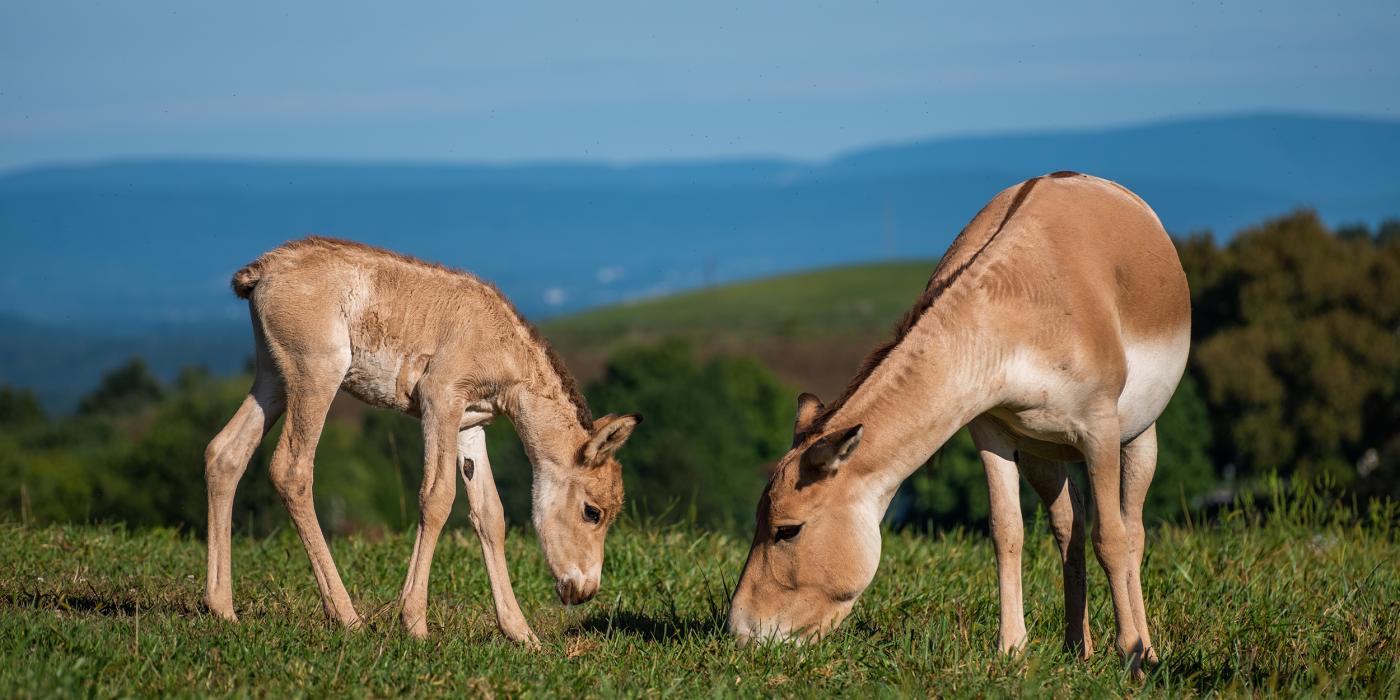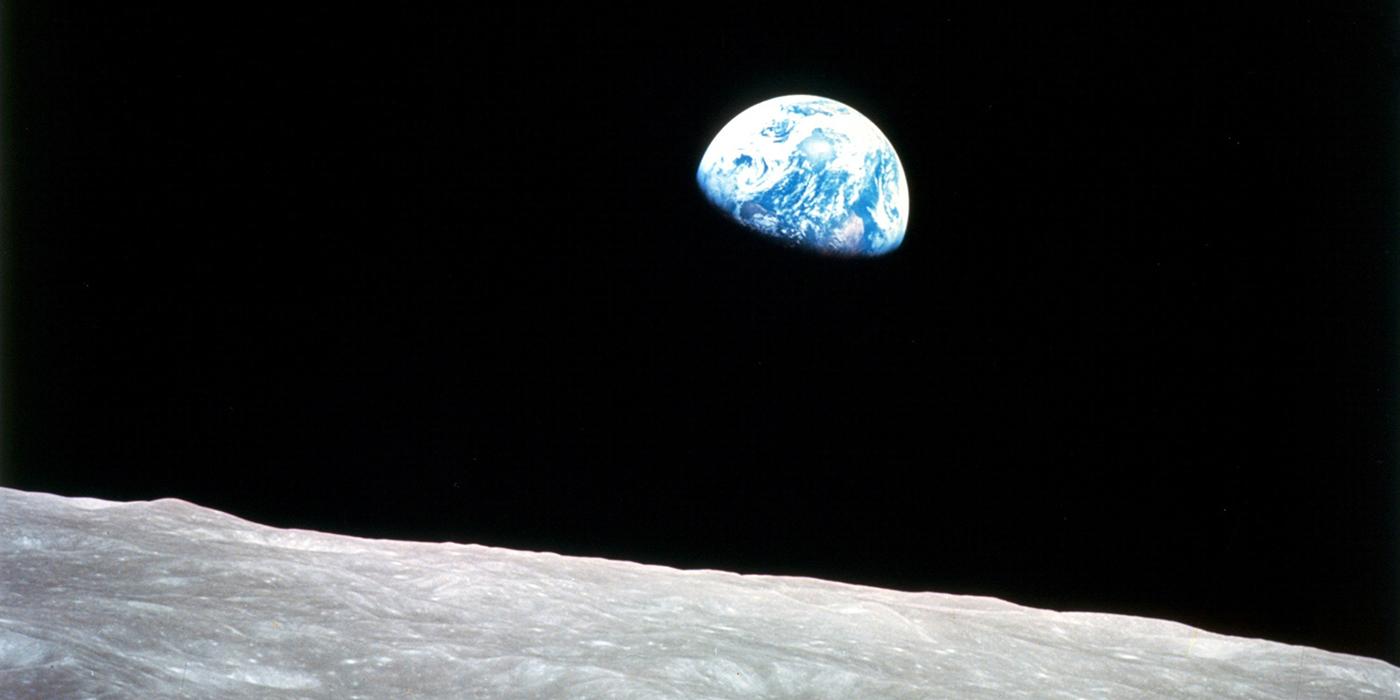Our Partners in Onager Conservation
Large Facilities Are Banding Together to Save Persian Onagers
Persian onagers are not just rare in the wild, they are actually rare in zoos as well. SCBI is one of only three zoos in the United States that cares for Persian onagers. With only about 400 onagers in the wild and fewer than that living in zoos, herds like ours are critically important for saving the species. But we can’t save them alone! We work very closely with other large facilities like SCBI (which itself has more than 3,000 acres). The partnership that SCBI and other large research and breeding facilities have is called Conservation Centers for Species Survival or C2S2. C2S2 facilities also work with the Source Population Alliance, which includes private landowners. Together, we have more than 100,000 acres where endangered species can live and breed, and we are using that shared space to build assurance populations to prevent the extinction of amazing animals, like Persian onagers. C2S2 focuses on using the wide-range of scientific expertise of its partners to grow populations, birth by birth, and reintroduce species to the wild!
The Persian Onager is one of the focal species of C2S2s wild equid research program. Scientists within C2S2 collect hormonal data to assess onagers’ reproductive cycles, which will better help them understand what happens on a physiological level that allows onagers to breed successfully and ultimately save this species from extinction!
C2S2’s big herd management project also benefits Peresian onagers. The big herd project aims to boost genetic diversity, promote healthy social herd structure and manage natural resources to keep herds healthy. It is crucial we provide large spaces and manage in larger herds because it allows for a natural environment and social structure, which ultimately allows our ungulates to thrive.
One of the most significant contributions C2S2 & SPA organizations, like SCBI, offer is the use of diverse and innovative approaches to saving species form the brink of extinction. Our scientists have helped pioneer artificial insemination—which has been very challenging to decode in equid species—and biobank sperm. The collaborative effort of resourceful individuals from diverse backgrounds from conservation research centers, ranches, and zoos working together to determine the best management of animals in order to save species, is exciting! A willingness to learn from one another’s strengths and weaknesses and take a multifaceted inclusive approach to conservation is imperative for the survival of these species.
Related Species:




